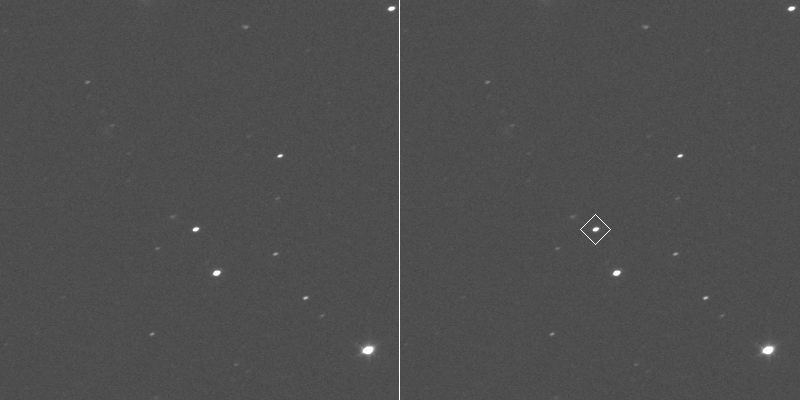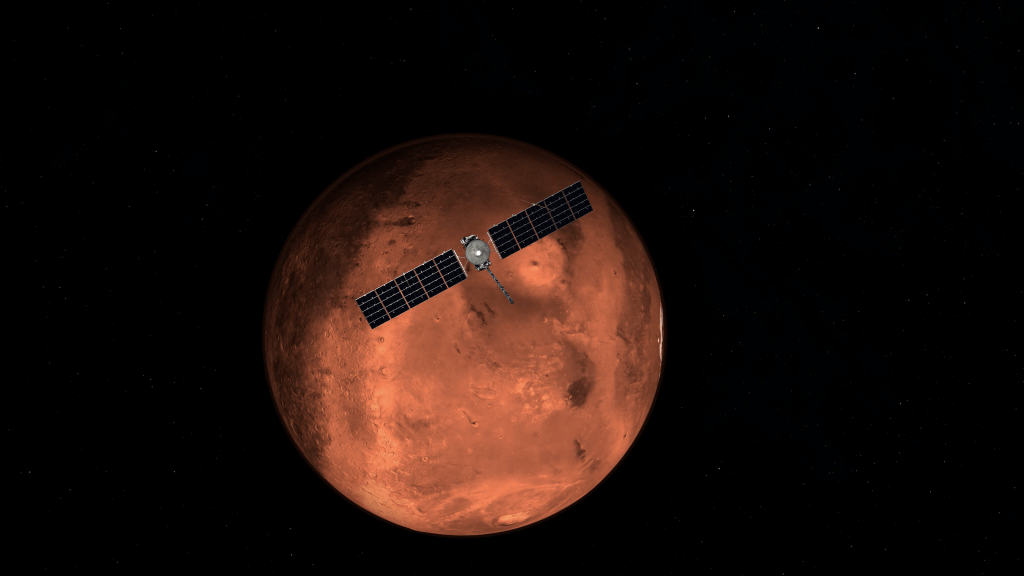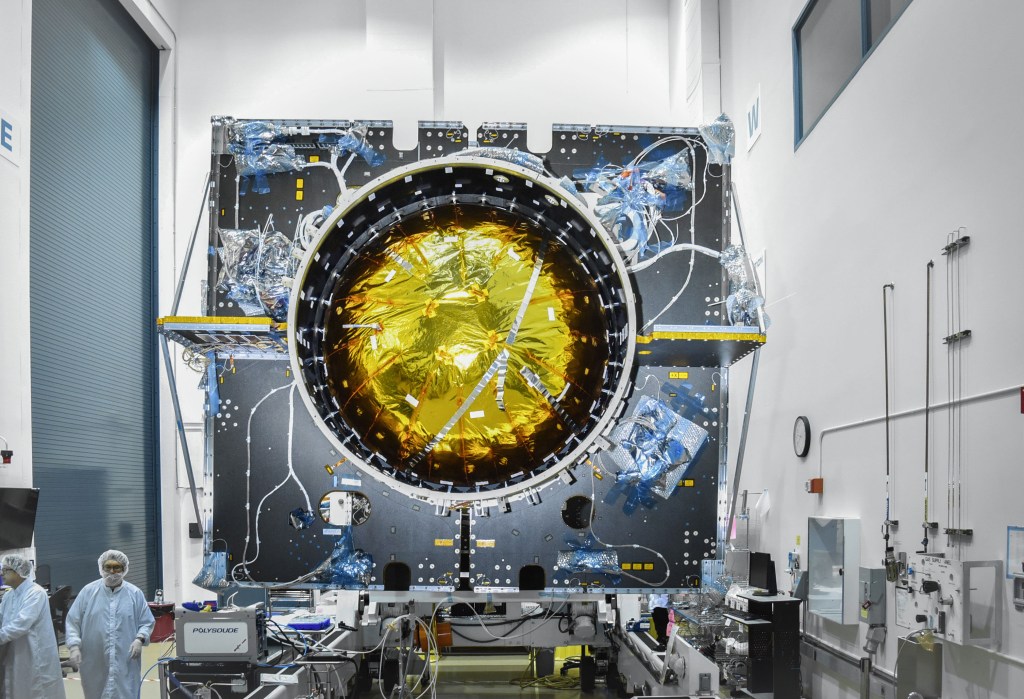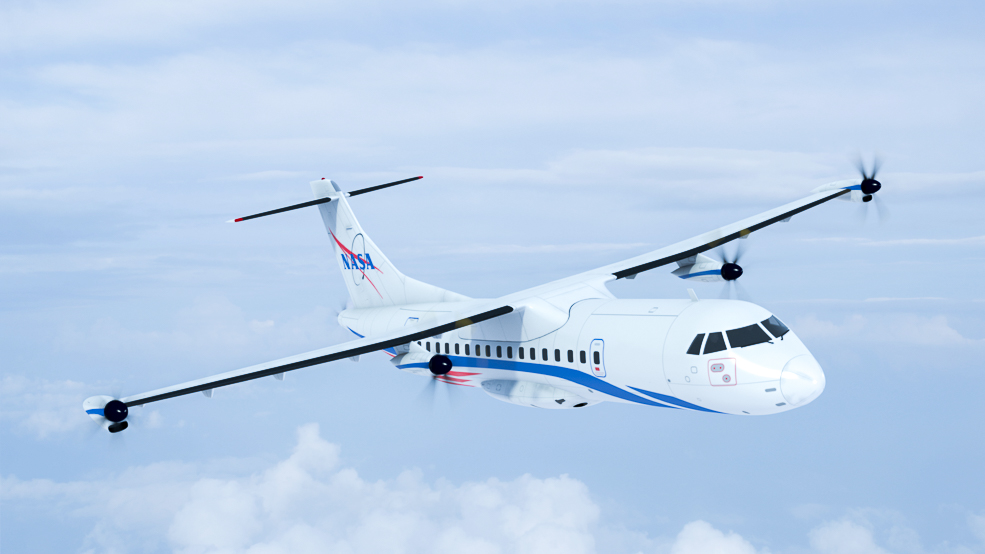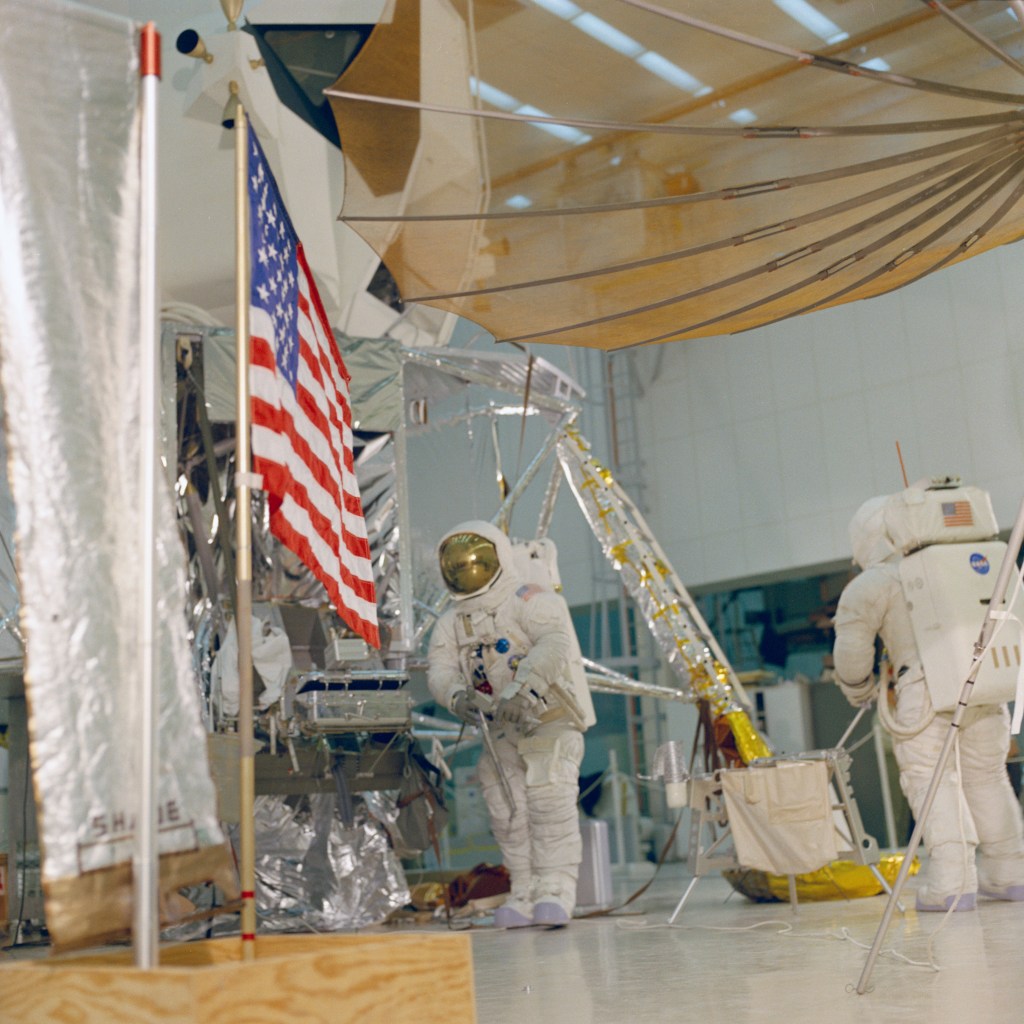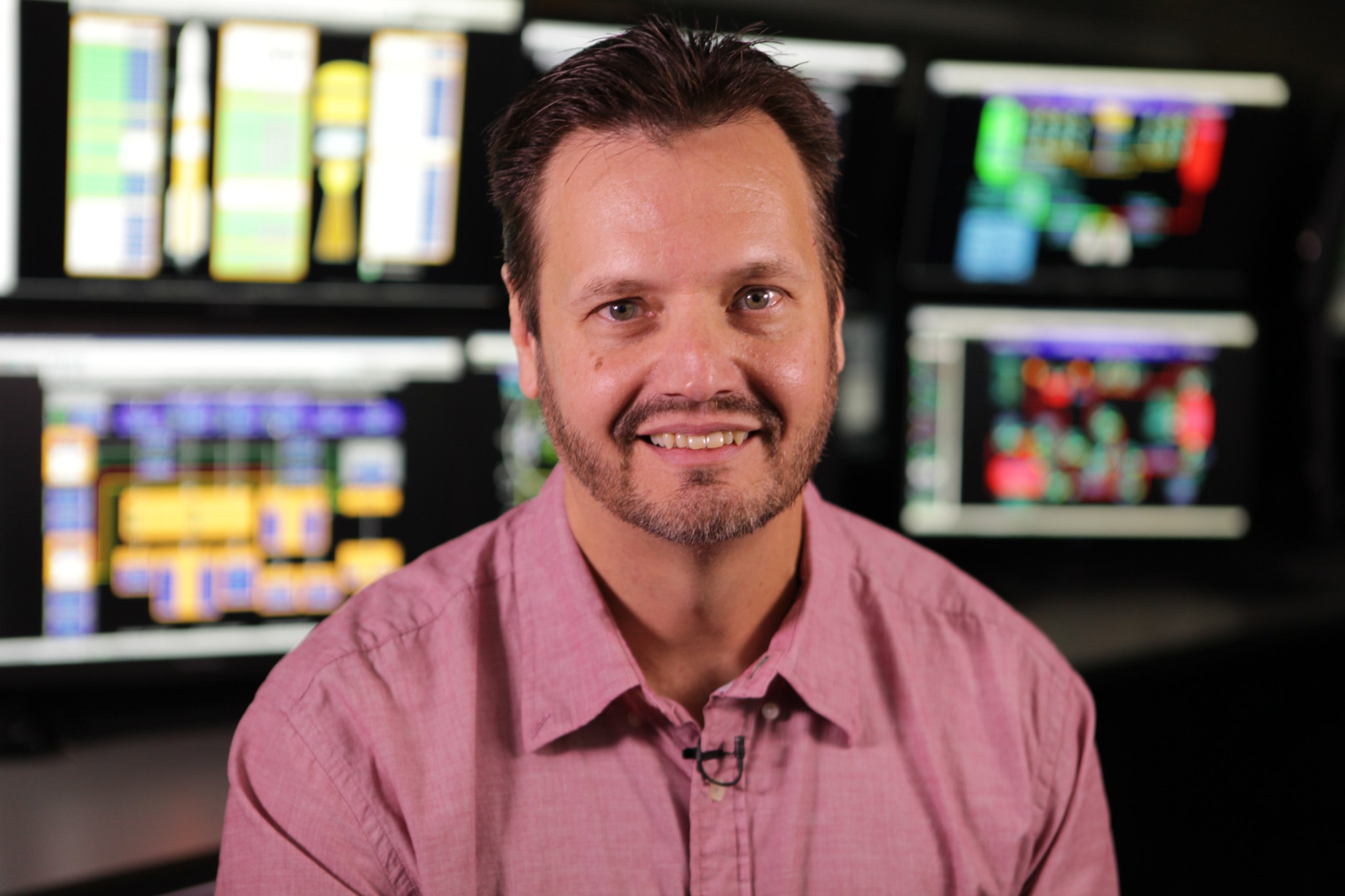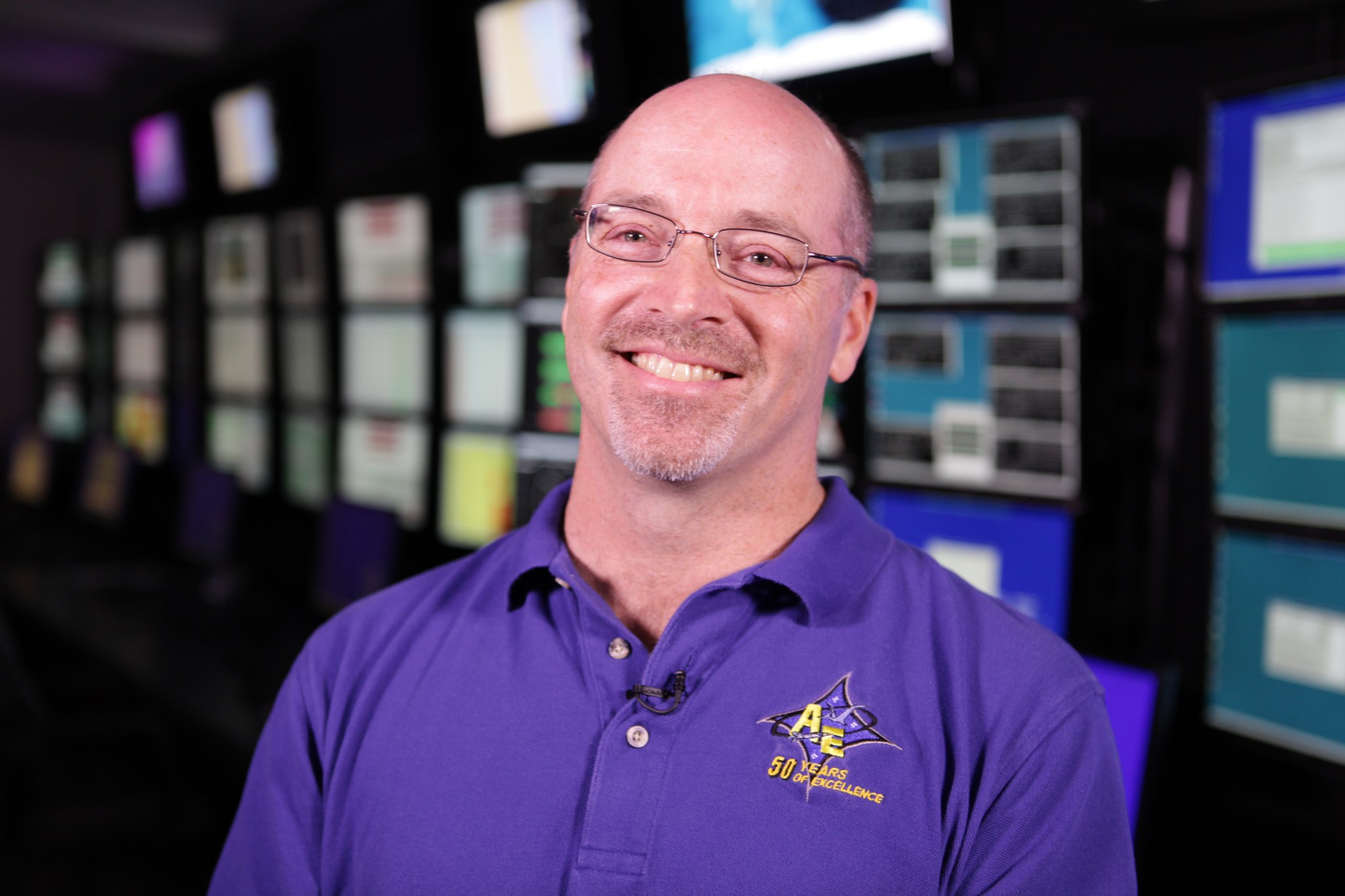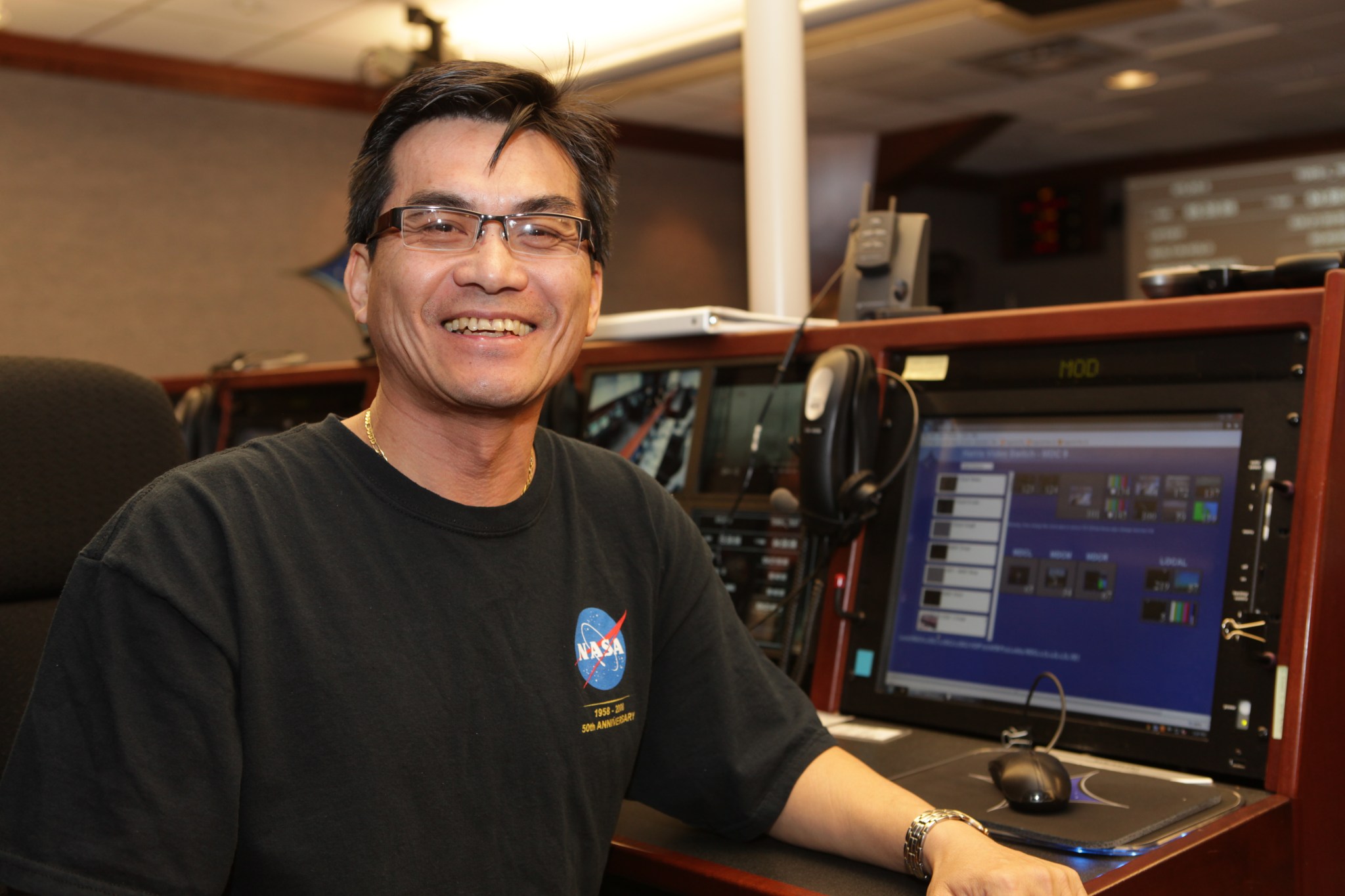By Anna Heiney,
NASA’s John F. Kennedy Space Center
Liftoff of NASA’s latest Tracking and Data Relay Satellite aboard a United Launch Alliance Atlas V rocket was delayed unexpectedly with only minutes remaining before the launch window opened on Jan. 23.
Engineers with the agency’s Launch Services Program (LSP) and QinetiQ North America kept the liftoff on track with quick troubleshooting when a problem with periodic dropouts in telemetry from the vehicle threatened to stop the launch.
“Telemetry is basically another word for telemetrics. It’s measuring things at a distance,” explained QinetiQ lead telemetry engineer Tim Clinger. “Much in the same way a doctor would measure the vitals of a patient, we measure the vitals of a rocket during the launch countdown.”
While a rocket is on the launch pad, the vehicle itself and its spacecraft payload send information to the Telemetry Lab, located inside historic Hangar AE on Florida’s Cape Canaveral Air Force Station. Engineers monitor the data coming in and ensure it is sent immediately to the vehicle and spacecraft teams, so they can monitor their systems’ health.
“The telemetry data comes in from the launch vehicle either through a hard line, which is called an umbilical, or RF radio signal,” said Alex Biamonte, a telemetry engineer with NASA’s Launch Services Program.
“A few minutes before launch, we want to switch to RF, or the radio signal telemetry, because that’s what’s going to be used when it lifts off the pad,” Biamonte explained, “but with RF, we do encounter data drops, or interference on the radio signal.”
This posed a problem during the TDRS-L countdown because telemetry from the spacecraft was embedded in the rocket’s telemetry stream. As the information flowed from Launch Complex 41 into Hangar AE, data from the satellite was extracted from it and sent to the spacecraft community. Periodic drops in the rocket telemetry meant the spacecraft data would stop briefly, too.
The countdown had gone smoothly throughout the evening, and clocks were holding at the T-4 minute mark. The rocket was fueled and ready to fly at 9:05 p.m. EST, the opening of a 40-minute launch window. With seconds remaining until the countdown was set to resume, the hold was extended so the team could work on the telemetry issue.
“A first order response, when we heard of the dropouts, was we wanted to correlate the spacecraft dropouts to the dropouts we saw on the launch vehicle, to prove that they were real and that we were talking about the same exact anomaly,” Clinger said.
Clinger proposed a solution: Go back to the hard line through the remainder of the countdown, and then manually switch to RF at T-0. The LSP team, relying on experience gathered through years of successful launches, had the flexibility to make this real-time call. James Wood, NASA chief engineer for LSP, agreed to the plan, preserving the launch opportunity.
Although this solution would affect the data for the launch vehicle engineer, James Wood, NASA chief engineer for LSP, agreed to the impact to preserve the launch opportunity.
Tuan Doan, a NASA communications engineer for Launch Services, was serving as the Mission Operations Director in Hangar AE’s Mission Directors Center during the TDRS-L countdown and joined the discussion on one of the launch team’s communications channels.
“There was a call to hold at T-4 minutes, and all the team — launch team members from United Launch Alliance, spacecraft personnel, as well as NASA — got on the Anomaly Net to come up with a resolution to avoid a delay or even a scrub of the launch,” Doan said.
NASA and ULA managers quickly agreed to the plan, and the spacecraft community polled its members to ensure they were willing to go forward with the proposed solution. The new launch time was 9:33 p.m., 12 minutes before the launch window would close.
When countdown clocks reached T-0 and the Atlas V began its climb into space, Clinger performed the switch to RF telemetry with the click of a mouse.
“We made the switch, it was flawless, on time, and no data was lost to either party,” he said.

